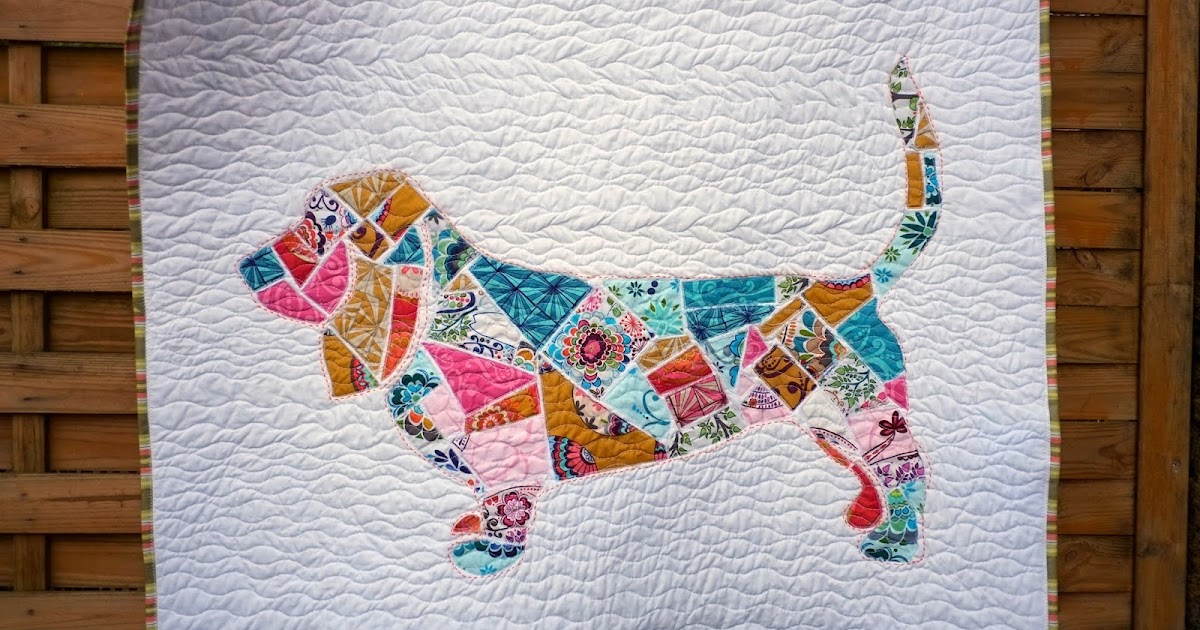

- #Inkscape tutorials for quilting pdf#
- #Inkscape tutorials for quilting update#
- #Inkscape tutorials for quilting portable#
- #Inkscape tutorials for quilting professional#
- #Inkscape tutorials for quilting download#
#Inkscape tutorials for quilting pdf#
I use the free software PDF Split And Merge Basic to combine PDF files, but there are a lot of other free options available too. Now you will probably want to combine the PDFs into a single file.

For example, if my border is 7″ by 10″, I would move it -7 inches horizontally to go to the sheet to the right or 10 inches vertically to go to the next row down. I find that snapping to the page border is sometimes buggy, so if I’m having trouble dragging and snapping the grouped pattern pieces over for the next sheet, I use Object > Transform, Move to move the pattern to the left/right and up/down as needed.
#Inkscape tutorials for quilting update#
Move the grid over to the next sheet, update the page number if you are using them, and repeat to create the rest of the pages.
#Inkscape tutorials for quilting portable#
Change the file type to Portable Document Format (*.pdf), choose the folder to save in and a file name, and Save. From the menu, select File > Save a Copy. Now you are ready to export the first page to a PDF. See how the white border is masking off the pattern around the edges? Select the grid and pattern grouped object, and snap the upper left corner of your pattern grid to the upper left corner of the inner rectangle on the page border. Now turn on object snaps, making sure snap to paths and snap to cusp nodes are selected. You will have to manually update the text before exporting each sheet. If you want to add page numbers, make a text object on its own new layer that is above the border’s layer. I’ve left it pink in the picture below so you can see what shape it should be.Ĭreate a new layer that is above all other layers, and put the border on this layer (select the border and press Shift-PageUp to change its layer). Now select the border, change the fill opacity to 100%, and change the fill color to white (don’t remove the fill – actually set it to the color “white”). Select both rectangles, and from the menu, select Path > Difference. It helps to temporarily set the fill for each rectangle to a different partially transparent color so you can see what’s going on. Make sure the inner rectangle is on top (select the rectangle, then use PageUp and PageDown keys to change which object is on top). In the page layout area, draw a rectangle the size of the paper (snap to the page border), then another one inside it that is 7″ by 10″. Now group all of your pattern pieces and the grid together so you can click on it as one object (select the objects, then press Ctrl-G). I’ve seen 1″ test squares drawn with a marker, and they are useless. Make the test squares a minimum of 2″ x 2″ (5 cm x 5 cm), and make sure the stroke is 0.5 px or thinner. Make sure to add test squares so people can check that they printed to the correct scale. Duplicate the rectangle and create a grid big enough to fit all of your pattern pieces on.įit copies of your pattern pieces into the grid, and draw and label alignment marks. Turn on object snaps and make sure snap nodes or handles is selected. In Inkscape, draw a rectangle the size you chose for your border. I make my pattern lines 0.5 px, too, so that they can be cut accurately. Note: I don’t suggest using strokes thicker than 0.5 px for any borders that are used as match lines, test squares, etc. I recommend a maximum width of 7.25″ and a maximum height of 10″. Pick a size that will print well on both 8 1/2″ x 11″ paper and A4 paper. You may need to match a standard size if you are uploading your pattern somewhere – for example Burda style border size is 6.625” by 10”. It is set up for 8 1/2″ x 11″ paper, with a 7″ x 10″ pattern area.ĭecide what size border you want on each sheet. Feel free to copy and paste from this file if you want to save yourself some work making borders, test squares, and alignment marks.
#Inkscape tutorials for quilting download#
svg file that you can use to follow along with the steps below. Click the download button in Google Drive to save it to your computer (that upper bar auto-hides, so move your mouse cursor to the top of the screen to see it).

If you want to see what my finished PDF patterns looks like using this method, download one of my free patterns. I wrote another post on getting started with Inkscape, so check that out to see tips for getting started with Inkscape and work-arounds for some of the bugs I’ve run into. Here’s how I do it in Inkscape, which is a free vector graphics program. There are many ways to create a tiled PDF pattern.
#Inkscape tutorials for quilting professional#
Do you want to make professional looking print-at-home PDF patterns? How about doing it with free software?


 0 kommentar(er)
0 kommentar(er)
